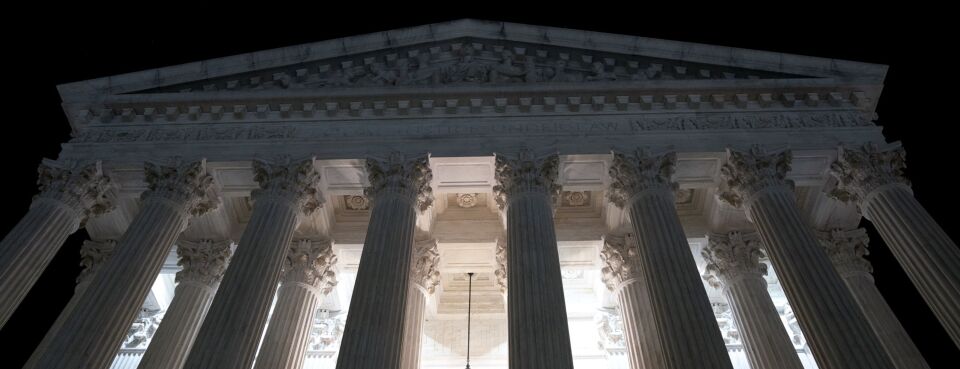Justices Lean Toward Neither Party in Defining Mistakes of Law - Bloomberg Law

The U.S. Supreme Court seemed unlikely to agree with the government or the criminal defendant in a case about when a party can seek relief from a final judgment.
Instead, the justices at Tuesday’s oral argument on a procedural question appeared likely to ultimately say the ordinary meaning of the term “mistake” applies when determining the appropriate deadline under Federal Rule of Civil Procedure 60(b). That provision provides narrow opportunities to reopen rulings that judges wrongly decide.
It is natural to say that “the judge made a mistake,” Justice Clarence Thomas said.
And Justice Brett Kavanaugh asked at one point why not just go with that ordinary meaning and just say “mistakes are mistakes?”
Such a determination would make all mistakes of law, compared to mistakes of facts, subject to a one-year statute of limitations of Rule 60(b)(1) instead of the more flexible “reasonable time” standard in Rule 60(b)(6).
Dexter Kemp said in his petition to the justices that the trial judge got it wrong when he calculated the deadline in a separate challenge to his drug and firearms convictions, ultimately dismissing his motion as untimely. Although the U.S. Court of Appeals for the Eleventh Circuit agreed it was timely, it said the district judge didn’t commit reversible error.
The government argued that only “inadvertent” legal errors are included in mistakes that are subject to the one-year deadline. Kemp said in a more absolutist reading that no legal errors are mistakes that are subject to the fixed deadline, only factual errors count as mistakes.
Although the question comes up in the context of a criminal case for the justices, whatever they decide in trying to settle a split among the appellate courts ultimately will affect criminal and civil cases.
Worth It?
In arguing for a rule that includes at least some kinds of legal mistakes, Justice Department attorney Benjamin Snyder emphasized that parties are not simply out of luck if the court rules the government’s way.
There are other methods for addressing those circumstances including a normal appeal or complying with the one-year deadline.
Kemp’s attorney, federal public defender Andrew Adler, said there was no way for his client to discover the error within time periods required for those other routes. That’s why there’s 60(b)(6)’s catchall provisions that allow for claims to be brought within a “reasonable time, he said.
It’s meant to avoid “gross injustices,” Adler said.
Justice Amy Coney Barrett said such a rule, though, would be hard for lower courts to administer and could open the floodgates for possible claims.
Similarly, the justices questioned the value of making the government’s distinction of only inadvertent errors, which wouldn’t include when the court made a mistake in applying a law that was admittedly ambiguous.
“Why would it be worth it” to add a level of uncertainty to the analysis? Kavanaugh asked.
Ultimately the justices may go ahead an import the natural meaning of the term mistake over the objection of both parties.
As Adler put it, what’s really important in these cases is that the parties seeking to reopen their cases know which deadline they need to follow.
The case is Kemp v. United States, U.S., No. 21-5726, argued 4/19/22..
source: https://news.bloomberglaw.com/us-law-week/justices-lean-toward-neither-party-in-defining-mistakes-of-law
Your content is great. However, if any of the content contained herein violates any rights of yours, including those of copyright, please contact us immediately by e-mail at media[@]kissrpr.com.

